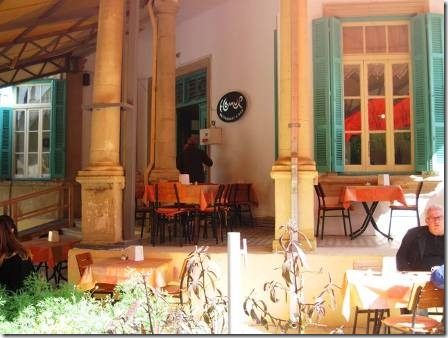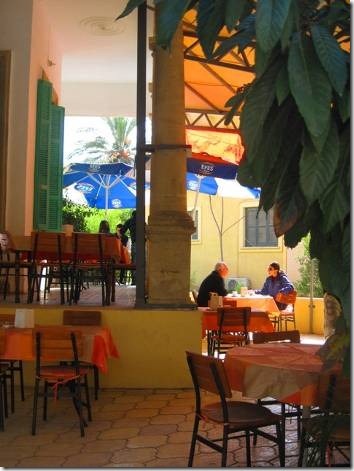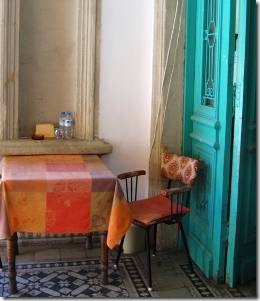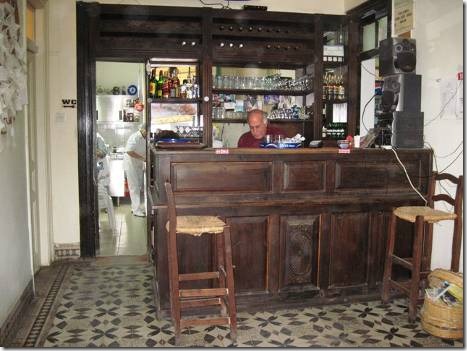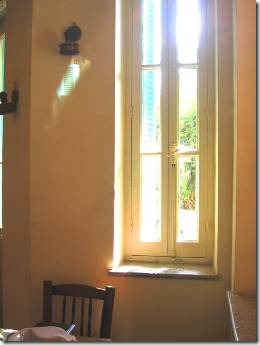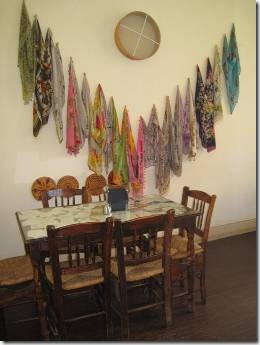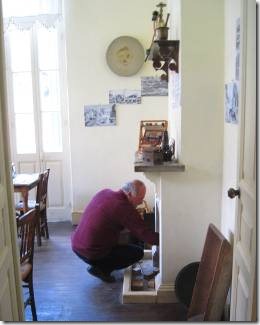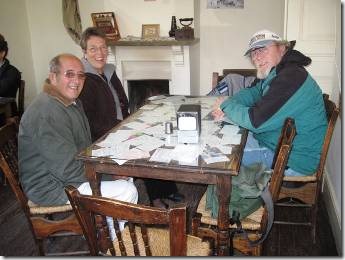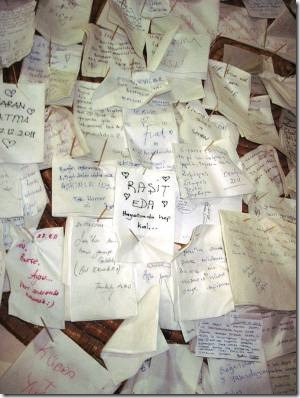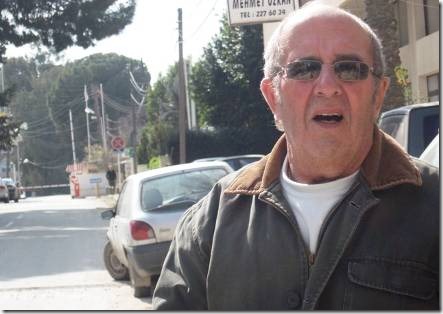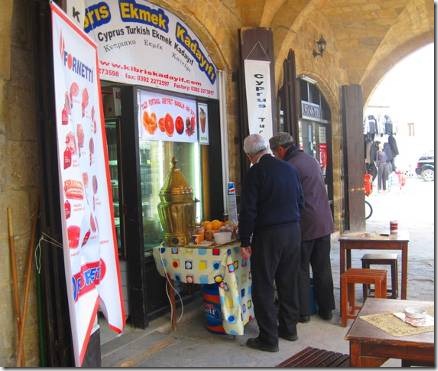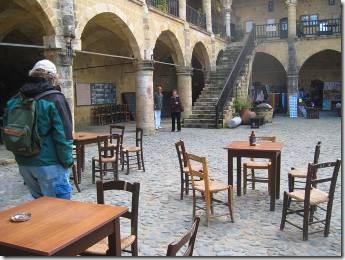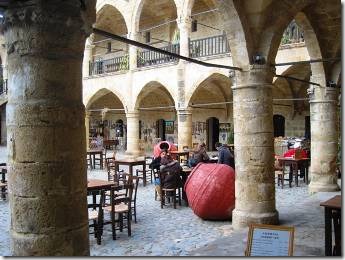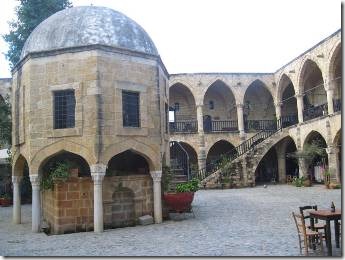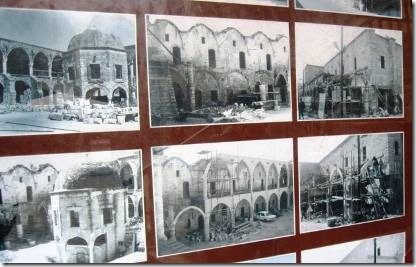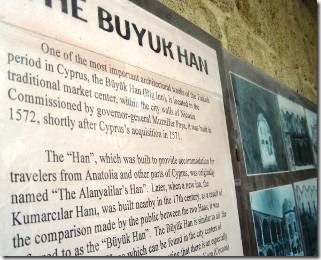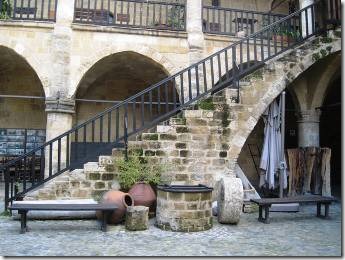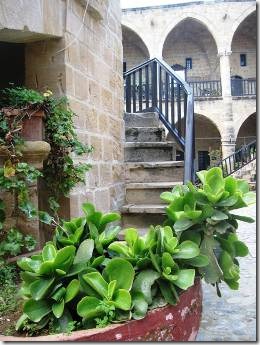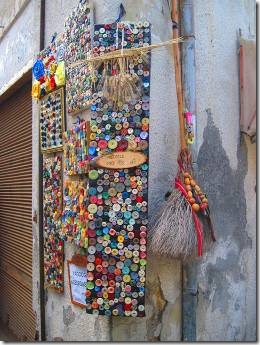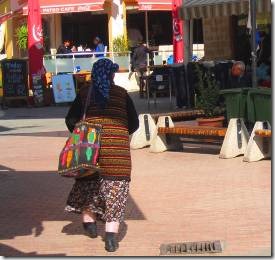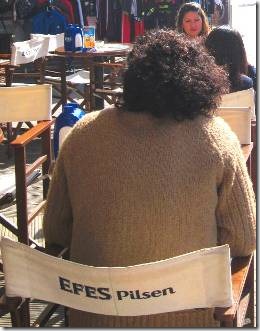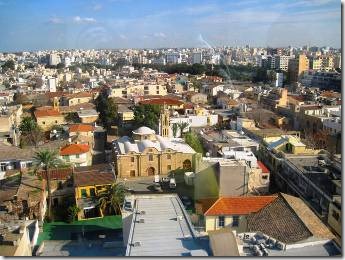Today Spring arrived but it may go away again come Monday. I’ve started doing some spring cleaning and it’s a pain but it’s nice to have the boat cleaner. It certainly does accumulate dust for being out on the water.
Last Monday we did a "visa run" and here is the story.
Ru
When you enter a country as a visitor, there is usually a time limit after which you must leave. Every country is different though the European Union countries are all pretty similar. In China we had to leave every 30 days so we would take the ferry to Hong Kong for the day. One time we just walked across the border at Gong Bai to Macau, turned around and then walked back across the bridge to China, getting stamped out, in, out and in. In the Philippines you just had to pay money for a new visa, but not leave the country. Singapore was a mess for the boat. In Malaysia we’d go to Singapore for the day to get stamped out and into Singapore and then and out of Singapore and back into Malaysia. In Indonesia we were part of a rally. While in Turkey, we took a ferry to Rhodes, Greece for the day getting a new 90 day visa when we returned. When we entered North Cyprus we were given 90 days but were here just 2 weeks before we flew home to the US. When we returned mid-November we were given 90 days at the airport immigration desk. At the end of November we crossed the border into South Cyprus for shopping with friends Bill and Judy and when we crossed back asked for, and were given 90 more days. Usually, if you’re over the age of 60, getting a 90 day visa is not a problem. Under 60 seems to have no set rule and you can get anything they want to give that particular day. Some people opt for temporary residency if they plan to stay for at least a year but until a few weeks ago, cruisers weren’t allowed to get residency rights. Our friend Sharman was the first and that took lots of paperwork from the marina and the government of Yenierenköy as well as a visit or two to the Immigration Office in Nicosia. Anyway, to make a complicated story longer, this past Monday friends Rob and Julia drove us to Nicosia where we all walked across the border into South Cyprus for some shopping. When you cross into the South you are stamped out of North Cyprus. When we returned north, we would ask for a new 90 day stamp. Rob and Julia crossed back with no problem. They have lived here for 6 years and are temporary residents. Then when Randal and I tried to cross back the guard surprised us when he told us he wouldn’t give us an additional 90 days because we’d already gotten other 90 day stamps and we should apply for residency. We told him we would be leaving at the end of April or early May and that we lived on a boat so until very recently weren’t allowed residency. Those arguments plus the fact that we had no car to drive back for short durations stamps swayed him to give us 90 day stamps. We thanked him, of course but it was touch and go for a bit. Luckily this stamp will do us for the rest of our stay; we just probably won’t head south again!
We ate and we shopped and we shopped and we ate…..that was our day.
We drove from Karpaz to Nicosia arriving just about lunch time. Rob and Julia have a favorite place and that’s where we ate; and now it will be a favorite of ours too. Hamur Restaurant and Bar has good food at a good price in a charming setting. What more could you want.
Hamur Restaurant & Bar
Hamur Restaurant – Nicosia http://www.livingnorthcyprus.com/ViewItem.aspx?cid=147
Hamur Restaurant & Bar is located in the heart of Lefkosa ( the Turkish name for Nicosia) and has a warm and homely atmosphere where you can relax while dining. Hamur offer a Take-Away service as well as the option of dining outside on the terrace or inside in one of the 3 large high ceiling rooms with an open fire to keep you warm and comfortable.
The cuisine reflects its name ( hamur means dough in Turkish) and offers a delightful menu of traditional Cypriot pastry dishes including the popular choice ‘MANTI’ (ravioli). Hamur has an ongoing successful reputation since 1995 when it was first established by a couple; whom are aware of the importance of the survival of such traditions not only to its people but also to the culture as a whole, which is where the story began.
The skill of cooking pastry was something that was passed on through generations and this was no different for Ahmet and Hulya (owners of Hamur). It had always been the mother or grandmother role in the house that carried such skill and with no hesitation made such preparations every day.
As time changed, the Turkish Cypriot cooking traditions started to change as lifestyle changed for the women figure in the house. We amongst many believe that Hamur and its owners have restored this gap and have been serving us with traditional Cypriot pastry dishes that many households, men, women and children thought to be fading.
Interpretation of what you can find on the menu:
MANTI (Ravioli)- Stuffed pastry with choice of Beef minced meat, Chicken minced meat, cheese and Hellim, Lentil and Yoghurt. Turkish style (with yoghurt) or Cypriot style (with grated Hellim).
PASTRY – Cypriot style fried pastry pockets filled with choice of Beef minced meat, Hellim or cottage cheese (sweet).
GOZLEME – Home made thin layer of grilled dough (pancake style) with choice of Beef minced meat, Chicken minced meat, Hellim, Mushrooms, Spinach, Onion and Hellim, or Lentil. (Randal and I had onion and Hellim cheese.)
SAC KATMERI – Grilled, homemade thin layer of dough for dessert (pancake style) with option of Milk Cream or Milk Cream and Sugar.
The kitchen, visible behind the bar, is white, spotlessly clean, and I wanted to wander through but they were too busy.
Seating in the different rooms of the restaurant.
Early morning had been quite warm, but by noon Ahmet was lighting fires in the dining areas.
Under the glass are notes left by former diners. Julia had once searched every one of them looking for one in English. Now there is one for sure; we left one under the glass at our table.
There was also a bulletin board in the entrance-way covered with messages.
Rob pretended to pose so I could take a photo of the green line guards at the end of the street dividing the city of Nicosia/Lefkosa.
We parked the car in a lot in the northern half – Lefkosa – and walked through the shopping area stopping at the Büyük Han for just a bit so Randal and I could see it. But our real purpose was to cross the border into the south so Julia could do some shopping for presents at Debenhams and also the visa that we needed so we didn’t stay long sightseeing. And it was just too chilly. Another time we’ll take the time to see the different shops and artist studios.
There were shops on the outer walls of the Han, this one sells bread but also serves tea from the huge samovar.
Inside the Büyük Han.
Originally a hostel for travelers in the late 1500s, a British prison during their rule of Cyprus, and now renovated to house shops and restaurants.
Büyük Han (Great Inn)
Nicosia, North Cyprus
Büyük Han Exterior
One of the most important architectural works of the Ottoman period, the Büyük Han (The Great Inn) is located in the traditional market centre within the City Walls. .
The Han, which was built to provide accommodation for travellers from Anatolia and other parts of Cyprus was originally named "Alanyalilar’s Han". Later when a new inn, the Kumarcilar Han (Gamblers’ Inn) was built nearby in the 17th century, as a result of the comparison made by the public between the two Hans, it was referred to as the Büyük Han (Big Inn or Great Inn). The Han is similar to all the other Hans which can be found in the city centres of various Anatolian cities, although the Büyük Han is unusual in having two entrances. It is worth noting, however, that there is a specially strong resemblance between the Büyük Han and the Koza (Cacoon) Han in Bursa, Turkey which was built around 1490.
Büyük Han Interior
Externally, the Han resembles a fortress. Indeed during the old colonial days, the British used the Han as Nicosia Central Prison. The windows of Hans were always high up, partially to deter marauders who saw the rich merchants staying at the Han as a sources of easy riches, and partially because glass was very expensive.
The square planned, two storey Buyuk Han consists of 68 rooms which open to the vaulted galleries surrounding a square planned inner courtyard and 10 shops which open to the outside of the Han. An Ottoman Mesjid stands on marble piers, with a fountain beneath it in the centre of the courtyard.
The Buyuk Han has two entrances, east and west. The rooms on the ground floor each have a low-arched door, an arched window and a hearth. These rooms were originally used as shops, store rooms and offices. At the east side of the Han, to the left of the entrance there is a groin vaulted gallery, and to the right, a barrel vaulted one.
The Buyuk Han Mesjid
Two symmetrical stone stairways at the northwest and southeast corners of the courtyard lead to the upper floor. Here the rooms, which were originally the bedrooms of the Han, have low-arched doors with machicolations on top. There are also windows facing the outside of the Han with loopholes above, hearths with octagonal chimneys, and niches. The room which falls on top of the main entrance is larger than the rest, and its door when opened, extends all the way to the gallery.
Layers of hewn stone form the outer and inner walls of the Han. On the walls there are stone rainspouts. The building is supported by two buttresses on each of the four corners. On top of the barrel vaulted roof there are hexagonal chimneys with wedge-shaped covers indicating the hearths.
Traditional Food Preparation
From 1893 to 1961, the Han was used as a hostel for destitute families. Restoration began in 1963. The south colonnade was completely demolished and the south west corner rebuilt without any regard to the style of the original. After the events of 1963, restoration was halted for a number of years. However, after extensive renovations which took ten years, the Han was re-opened in its original style to visitors in 2002, and is now one of the Island’s finest buildings.
Beside the locals, Buyuk Han plays host to many tourists in Nicosia. Not only the cafes. but also various shops serve the visitors. Shawls, traditional handicrafts, paintings, pottery and carvings are among the many things on offer.
There are many social activities at Buyuk Han, either in daytime or at night. You can sip home made wine while listening to live music, you can listen to classical music within a concert in an authentic atmosphere, or even participate in a traditional wedding ceremony. There are folklore dance shows, piano recitals, drama shows and many others within the walls. http://www.whatson-northcyprus.com/interest/nicosia/north_nicosia/buyuk_han.htm
Outside the Han there are more shopping streets.
The box at the far left holds carob pods.
I hope one day I’ll be brave enough to dress as colorfully; when I was young I had hair like this young man!
We crossed the border at the Lokmaci Gate, one of the 7 crossing between north and south Cyprus and a major shopping area. We walked to Debenhams a British chain so Julia could shop for gifts for friends in England. She and Rob will return to England for their daughter’s wedding in June. Then we went up to the top floor coffee shop where you can see the whole city. After coffee we visited the small grocery section where I finally found confectionary sugar and Randal bought salami. We would do most of our grocery shopping in the north on the way home. Some products can be confiscated at the border such as meat or dairy. There is a spending limit. Sometimes border guards check and sometimes they don’t. No one has ever checked us though we have never tried to bring dairy products across. Maybe we have been lucky. Apparently it’s hard to find any definitive posted lists. The same for the number of days one is given on their visa.
The population of Nicosia is between 150,000 and 200,000.

